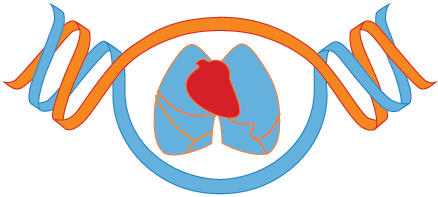- Get Started
- Centers
- Administrative Coordinating Center (ACC)
- Informatics Research Center (IRC)
- NIH
- Omics Centers
- Baylor Human Genome Sequencing Center
- Baylor-UTHealth Metabolomics Center
- Broad Institute Genomics Platform
- Broad Institute Metabolomics Platform
- Broad Institute and Beth Israel Proteomics Platform
- Illumina
- Keck MGC
- New York Genome Center Genomics
- Northwest Genomics Center
- New York Genome Center RNA-seq
- Psomagen
- Projects/Studies
- Working Groups
- Data
- Publications
- EEP
- ELSI
- Workshops
Ramachandran - Framingham Heart Study (FHS)
Updated 04/8/2016
http://www.framinghamheartstudy.org/
Introductory slides from the June 4, 2015 Steering Committee/EAP meeting (requires log-in).
FHS phenotype dataset structure and overview
Key tips to understanding and accessing FHS phenotype data
WGS in the Framingham Heart Study
Whole genome sequencing (WGS) in the Framingham Heart Study (FHS) would provide a unique opportunity to study the association of genome-wide genetic variation with heart, lung, blood, and sleep traits that are available in our six constituent cohorts (with nearly 15,000 participants). We have the ability to comprehensively evaluate the association of genetic variants with traits encompassing the entire CVD continuum --- from standard and novel CVD risk factors (including circulating biomarkers and imaging traits) to clinical events. Additionally, the ability to integrate WGS with extensive existing data on gene expression (mRNA and microRNA), and proteomic and metabolomic markers (available on a large subset) would greatly enhance the scientific yield of the NHLBI-WGS Project. The availability of longitudinal data on multiple traits (including time averaged values of numerous traits) and familial data that will facilitate imputation to larger numbers of individuals within the FHS will augment the scientific impact of WGS.
Our specific aims are as follows:
- We will perform WGS on ~4100 individuals of European ancestry across 3 FHS generations; we will impute genotypes to the largest sample possible
- We will share WGS and phenotypic data via Data Commons;
- We will collaborate with WGS cohorts, DCC & IRC to jointly analyze: standard and novel CVD risk factors, subclinical disease, and cardiometabolic disease & CVD;
- We will Integrate WGS data with extant Omics in FHS: to evaluate the continuum from genes to gene expression to traits; to assess GxG and GxE interactions; to perform pathway and network analysis.
- We will leverage family-based data collaboratively: to perform linkage analysis; family-based association tests; assess variation in the human genome;
We hope to maximize our statistical power by collaborating and pooling data across NHLBI-WGS cohorts, prioritizing intermediate endophenotypes with high R2 square (e.g., biomarkers; gene expression), strongly correlated with clinical outcomes, and by imputing family members.

